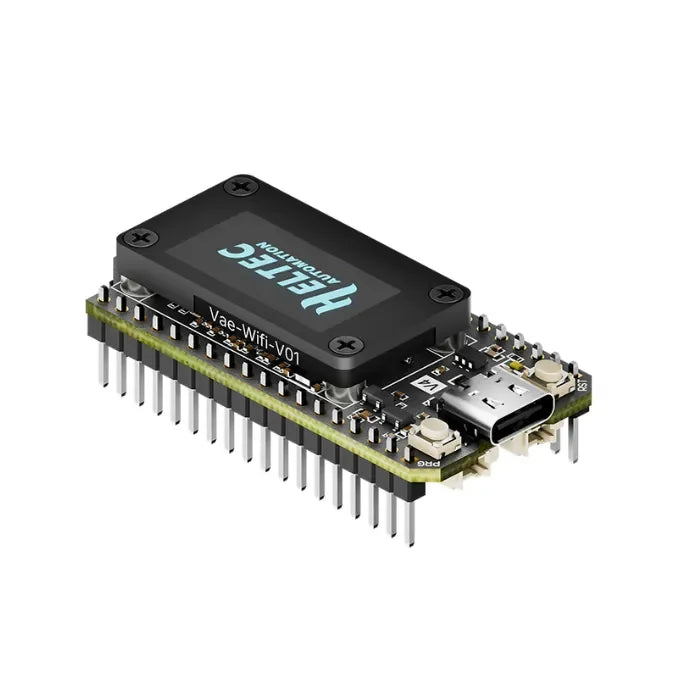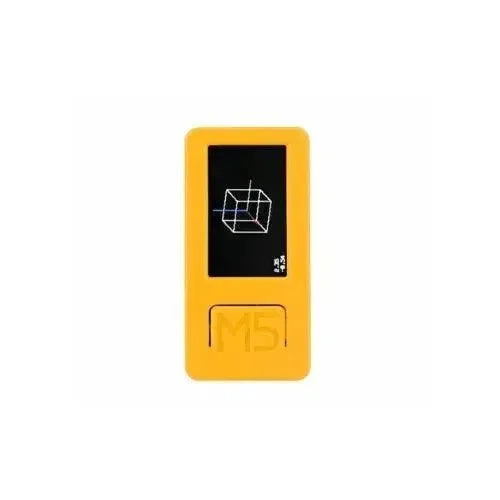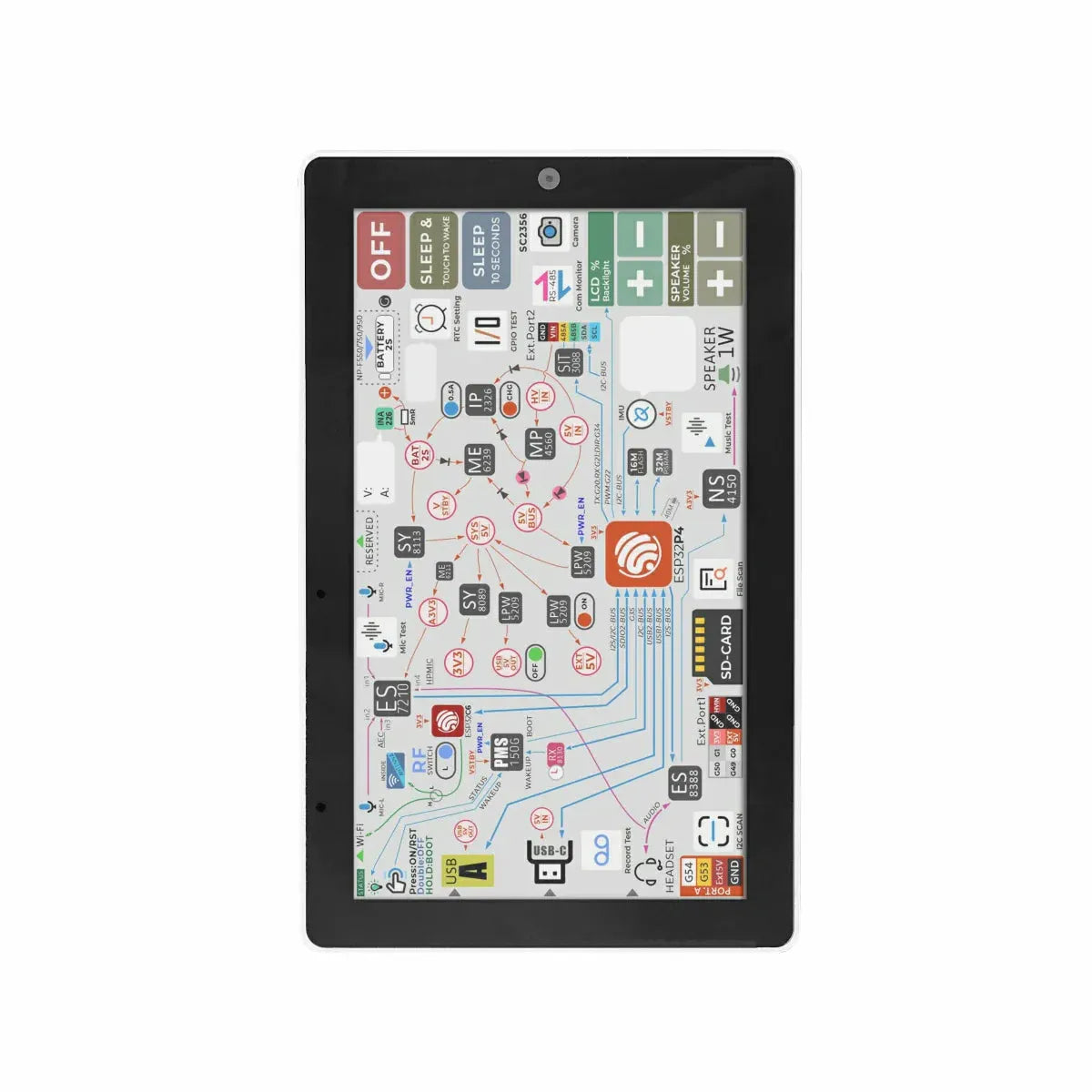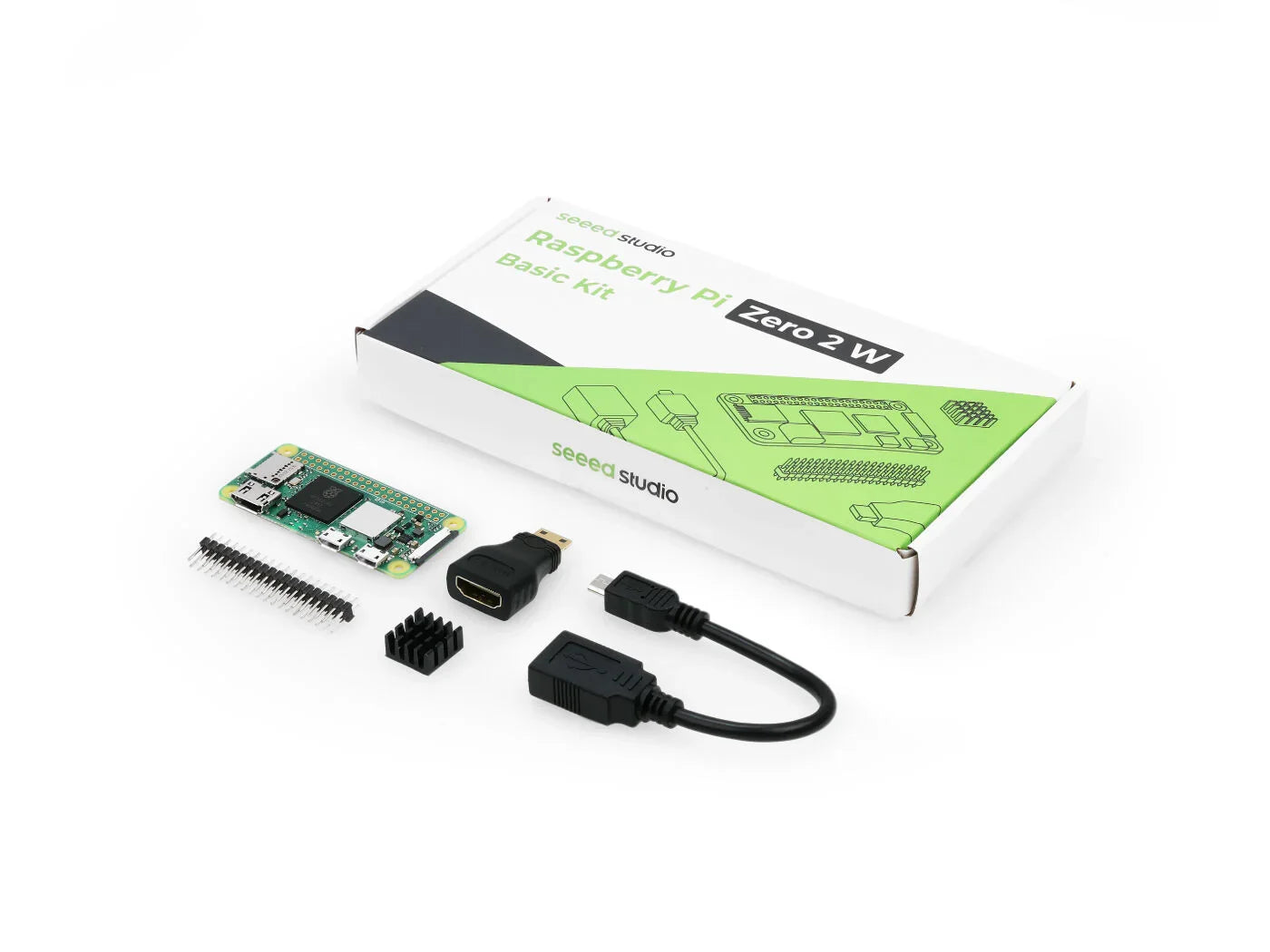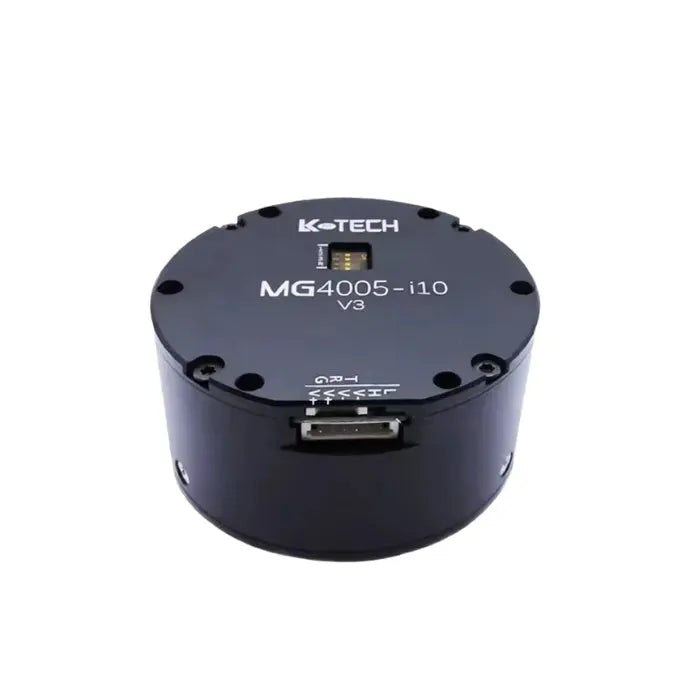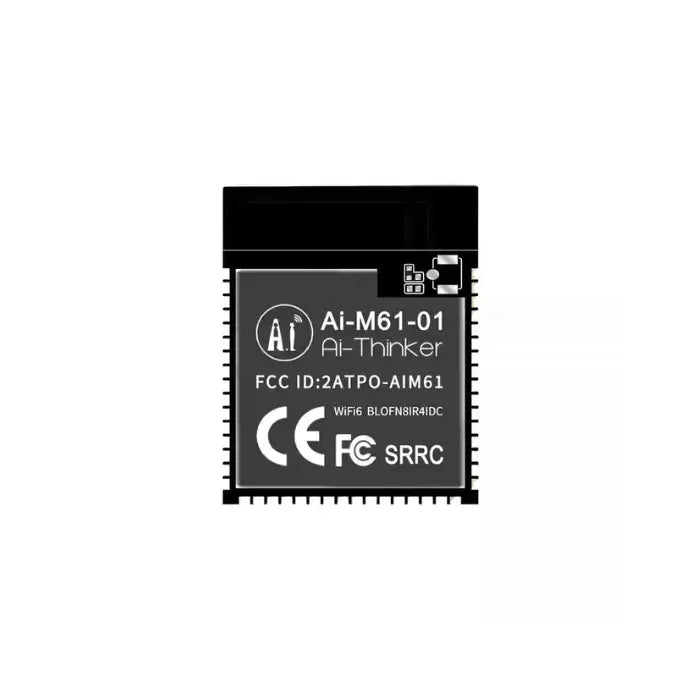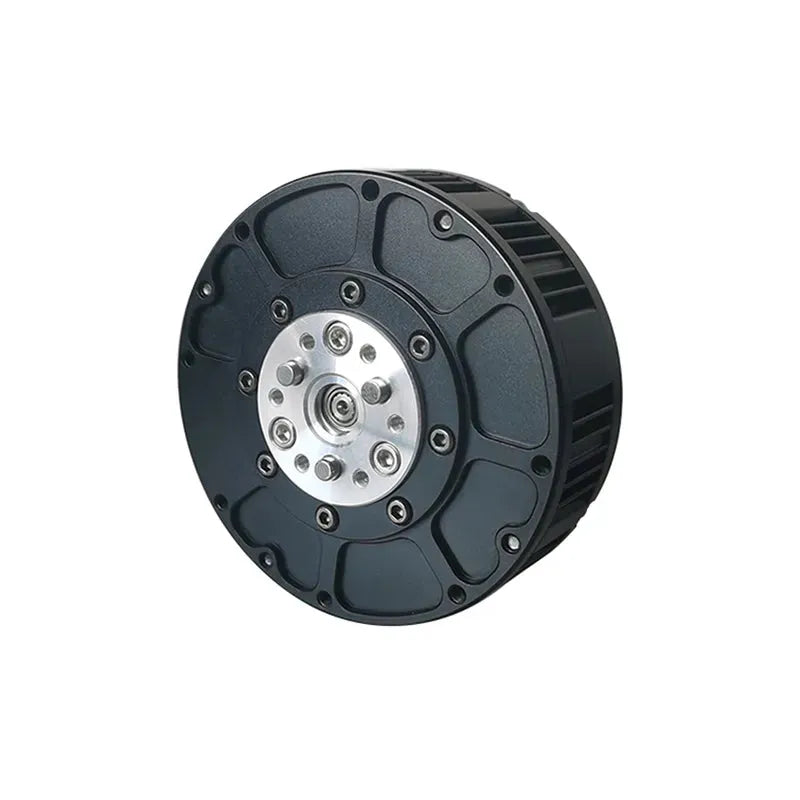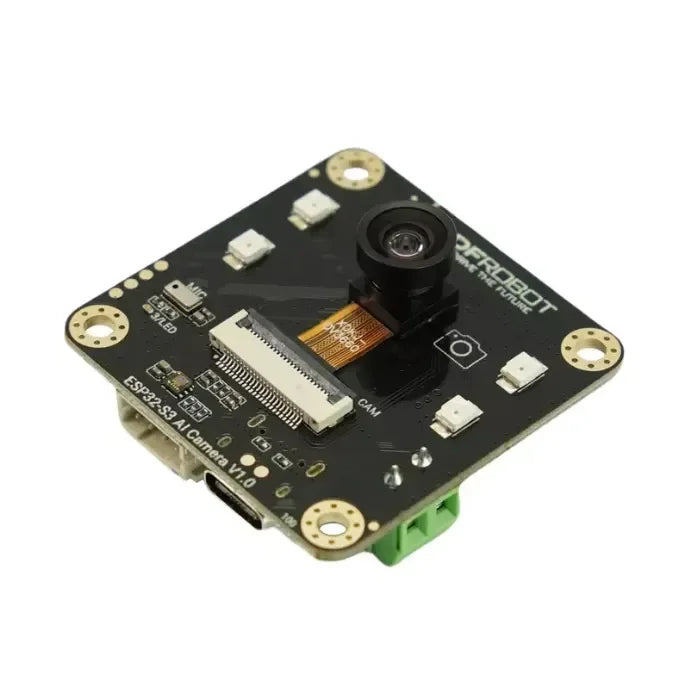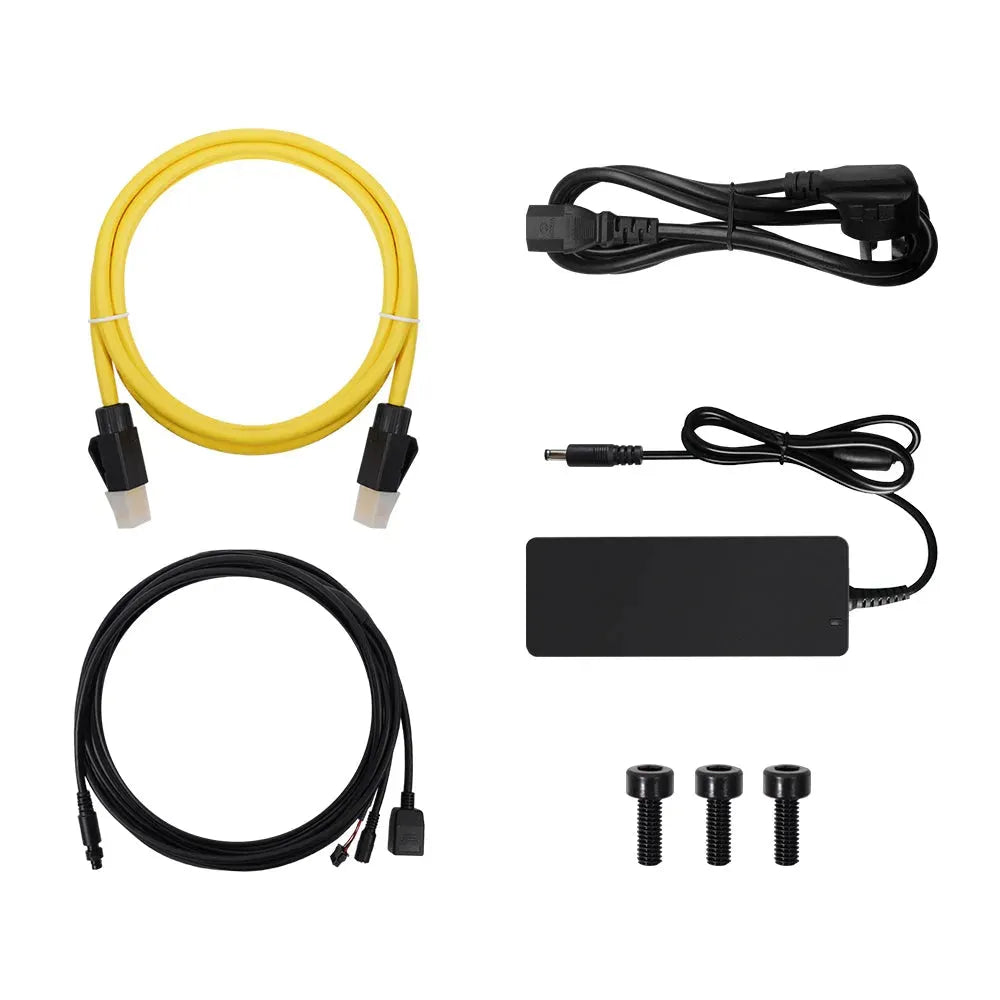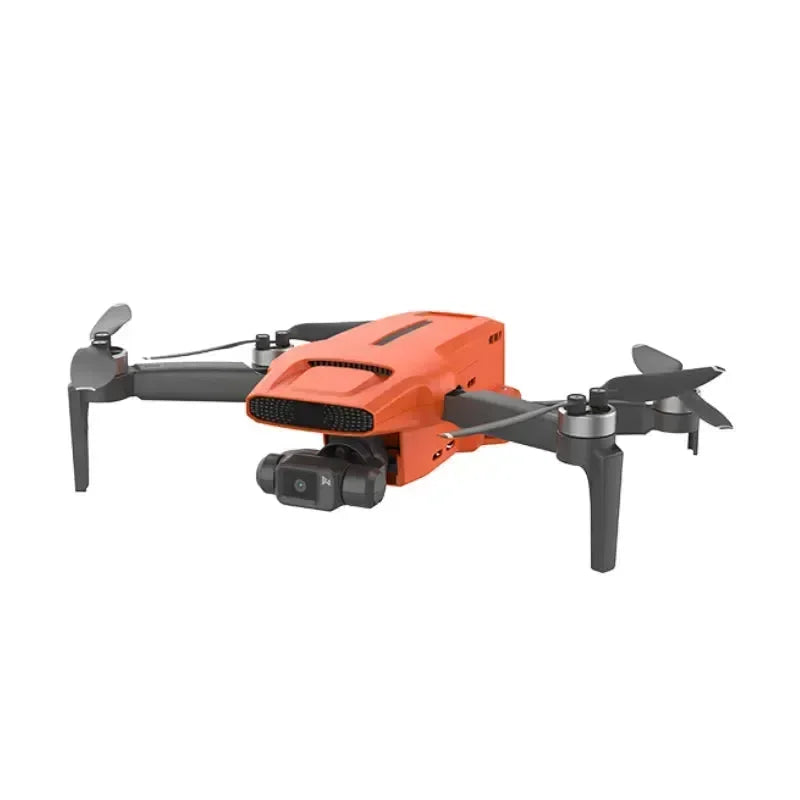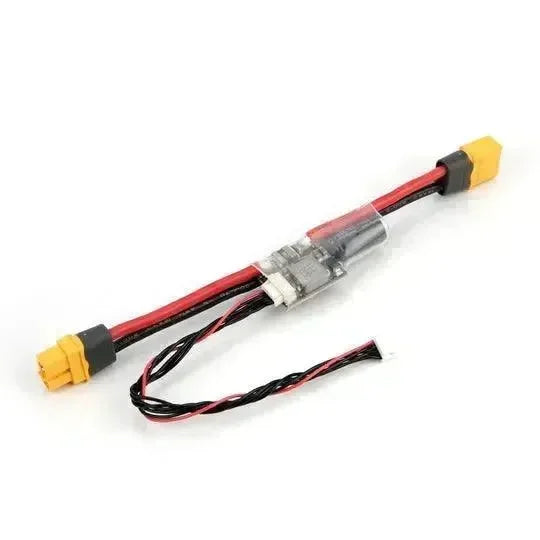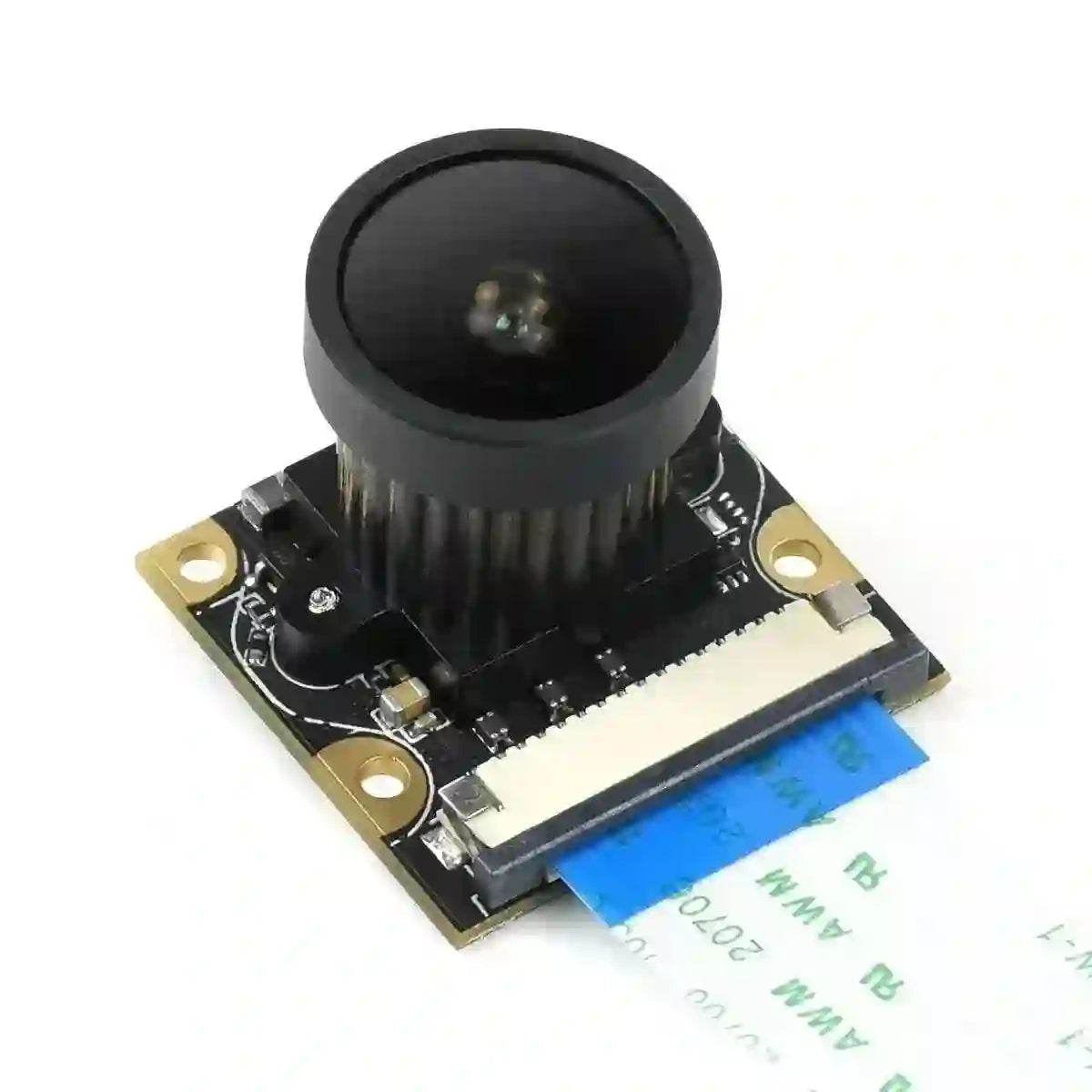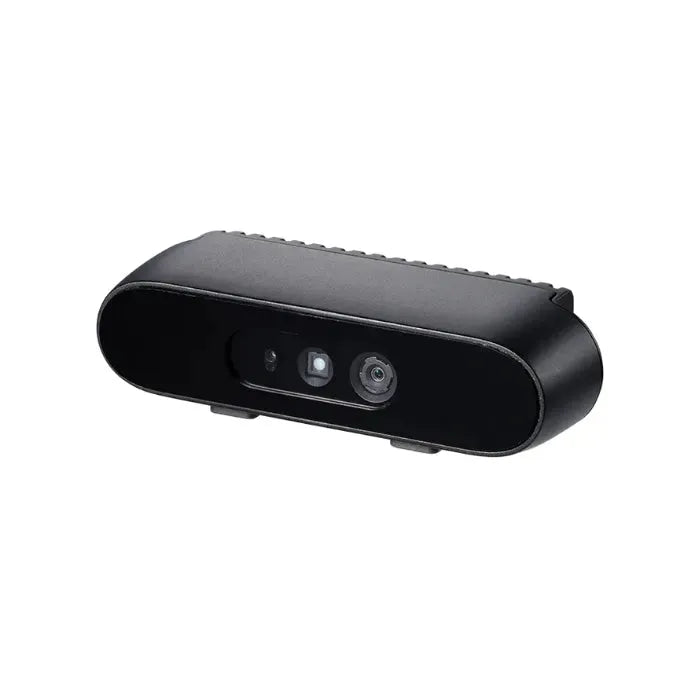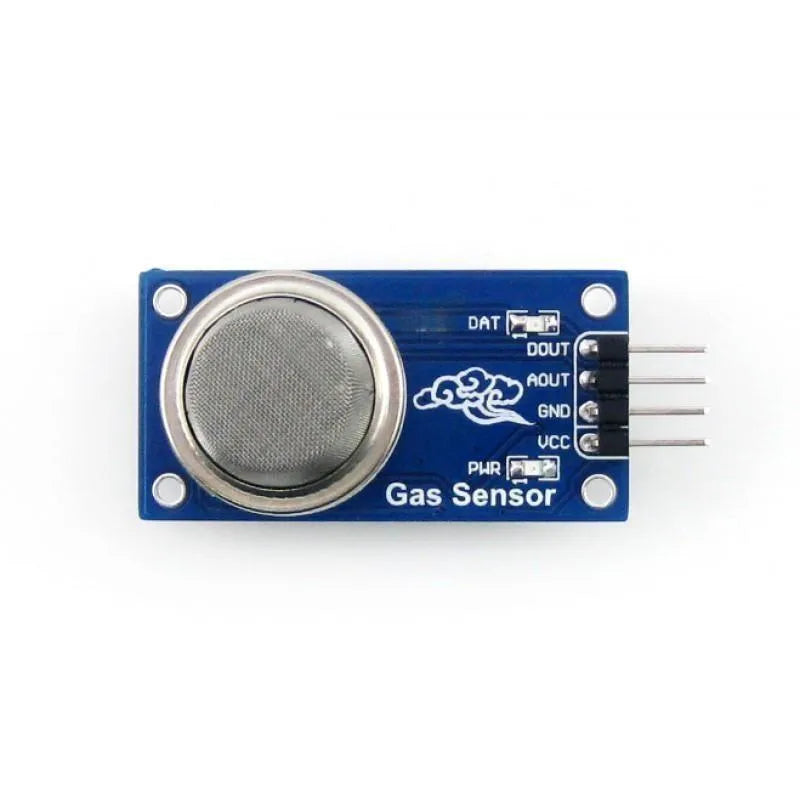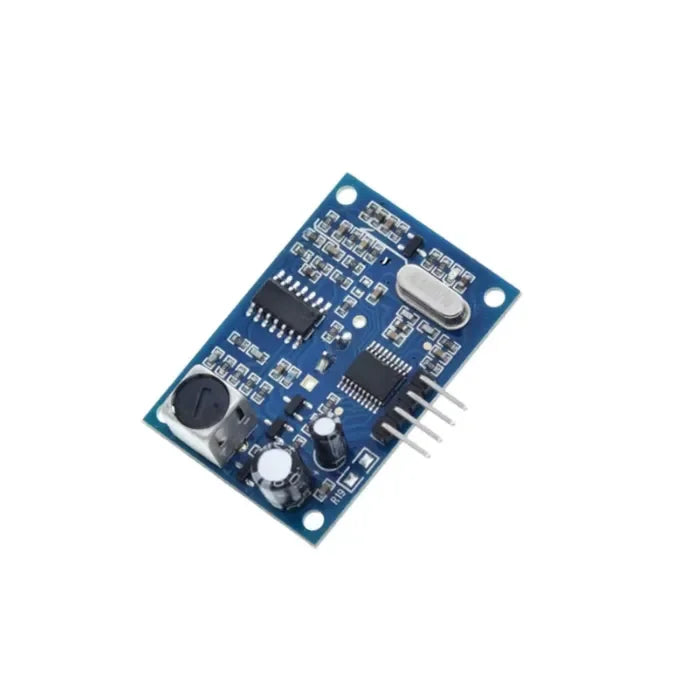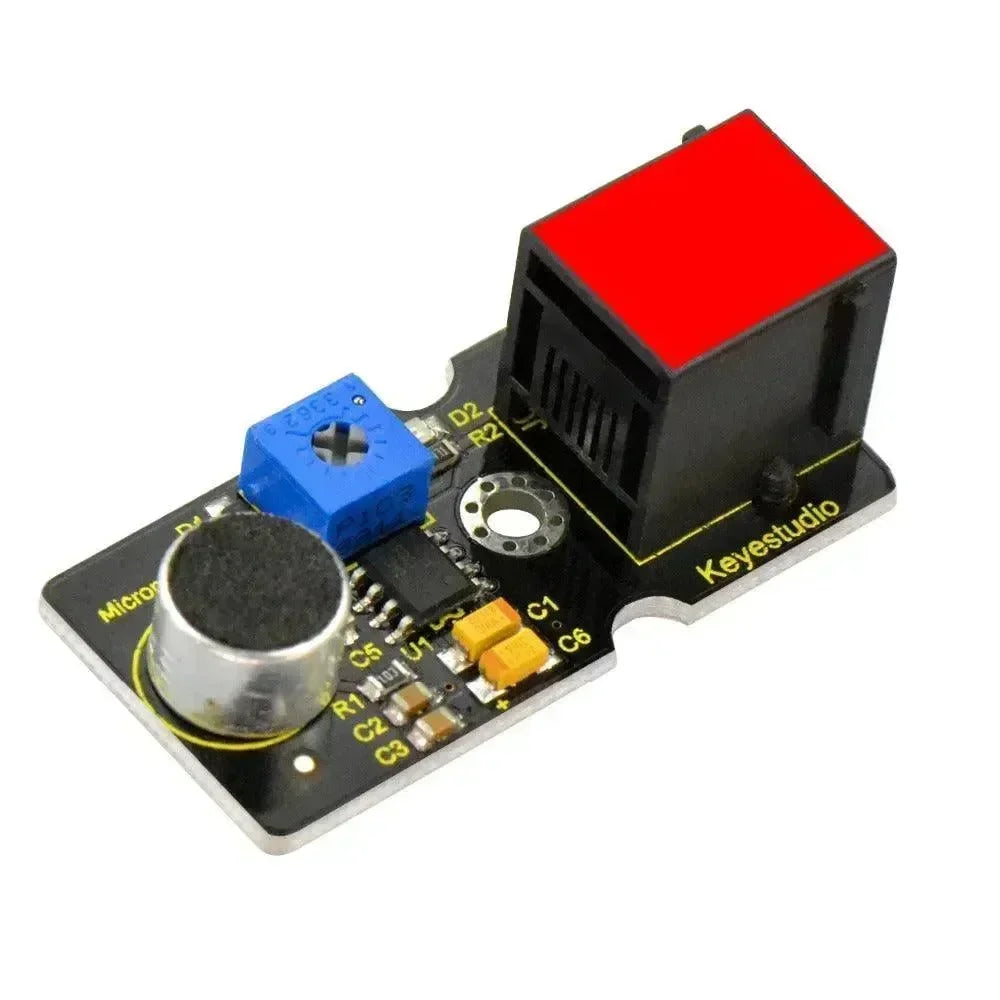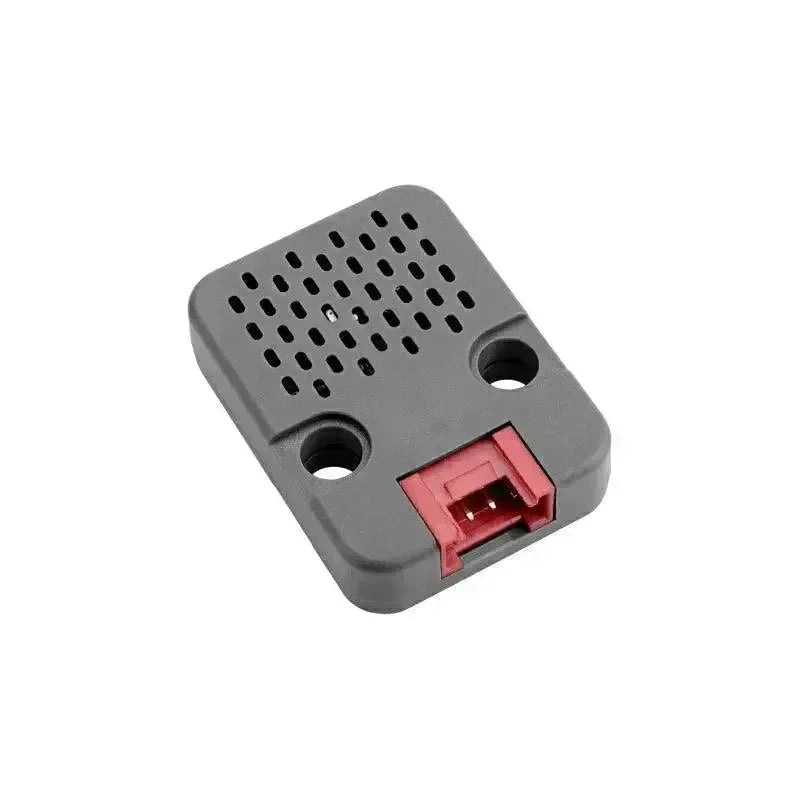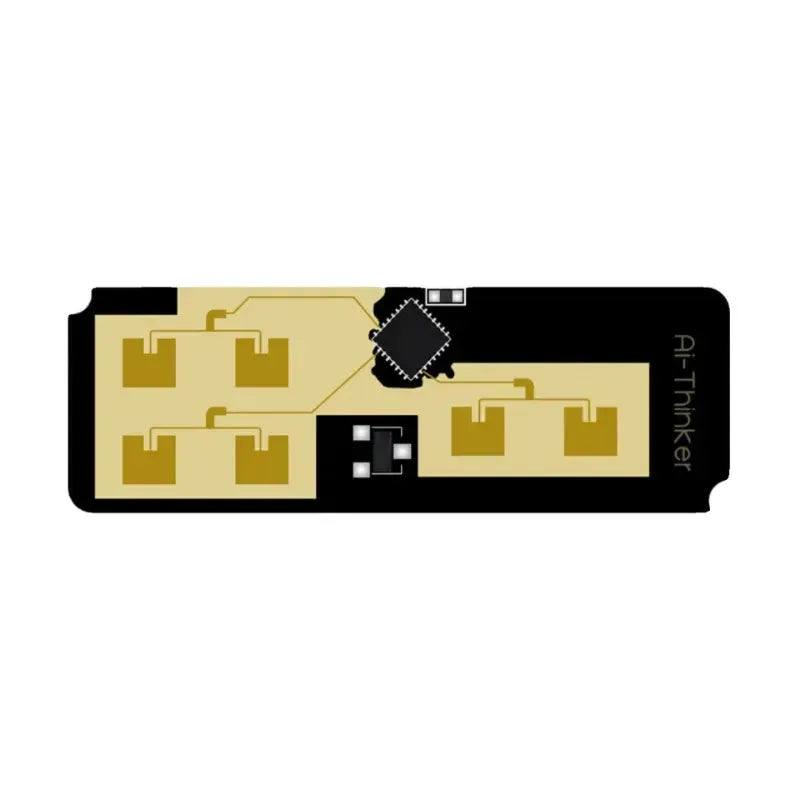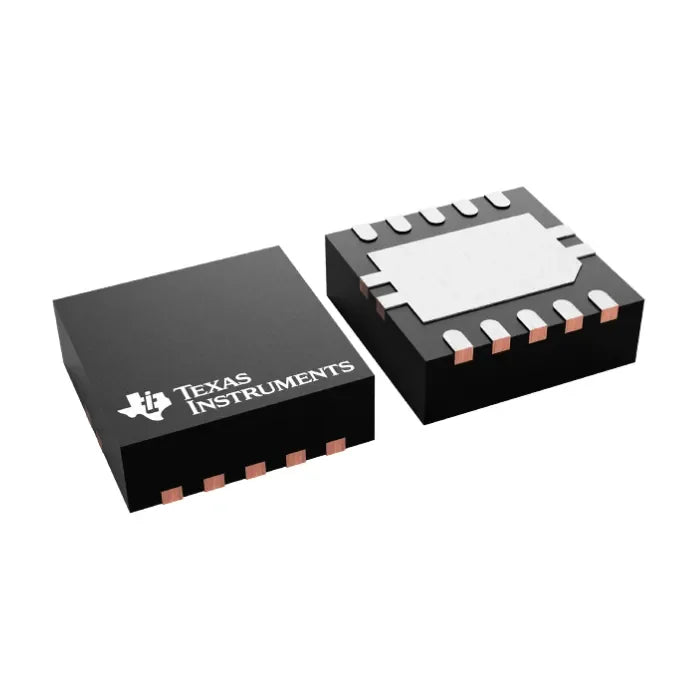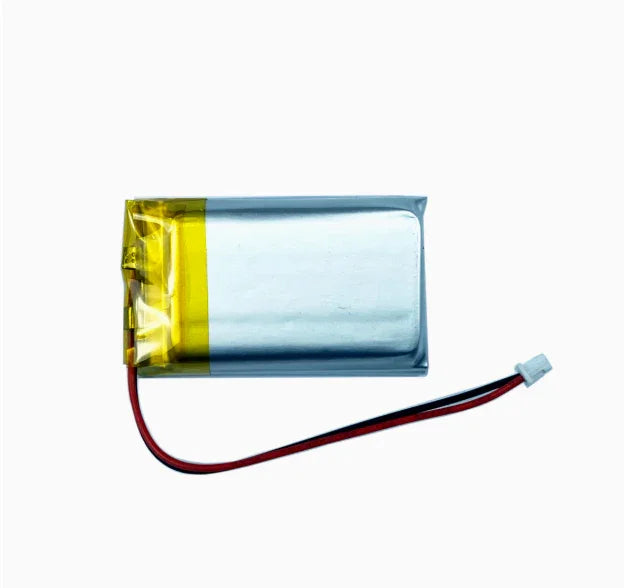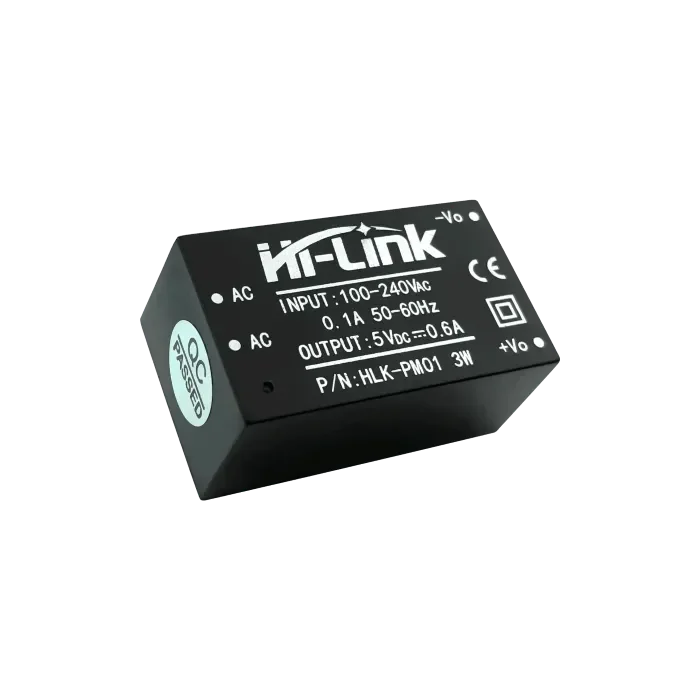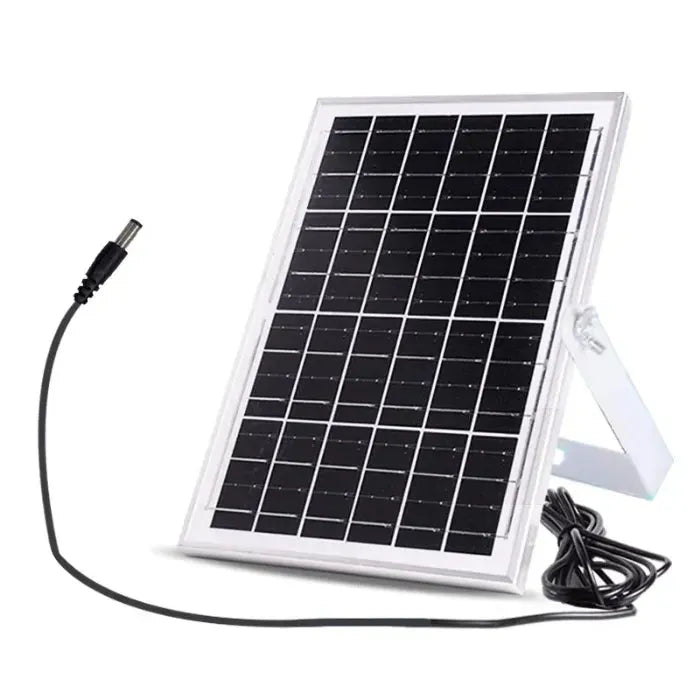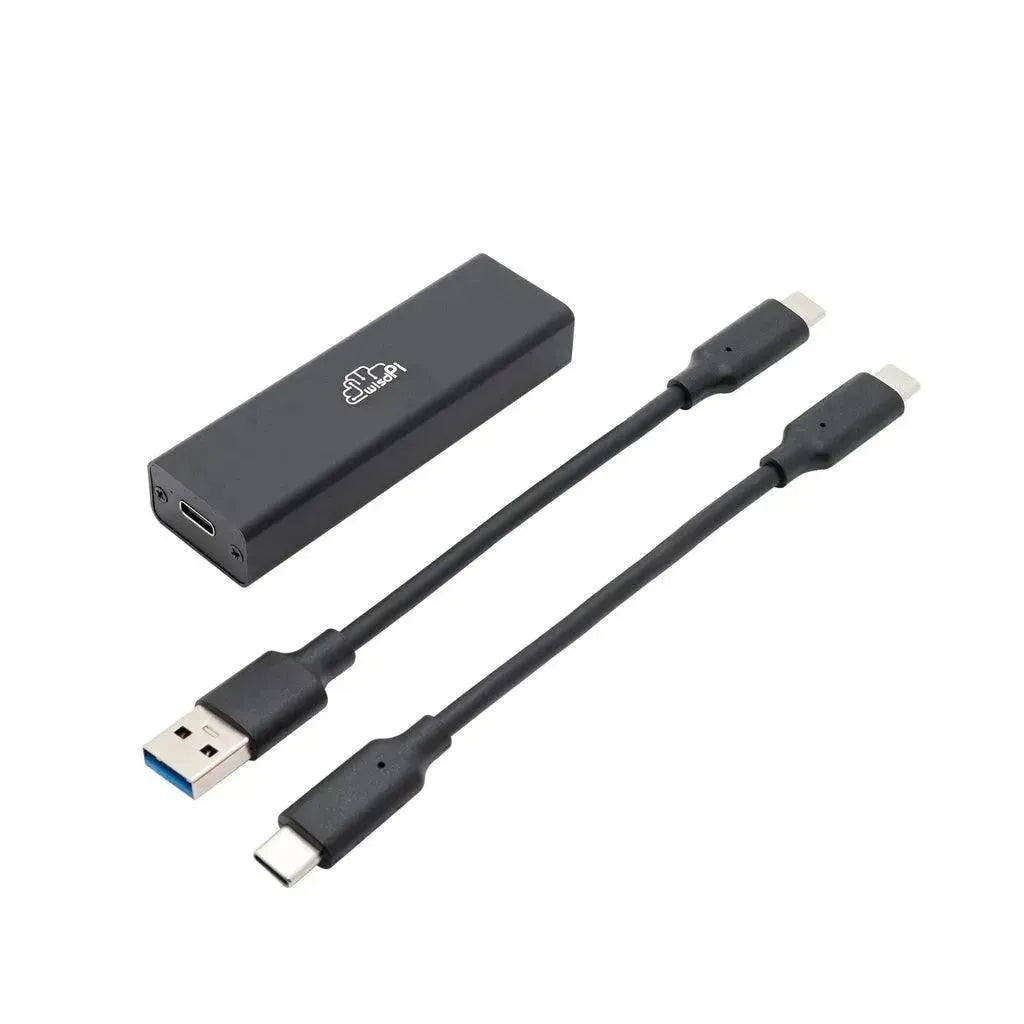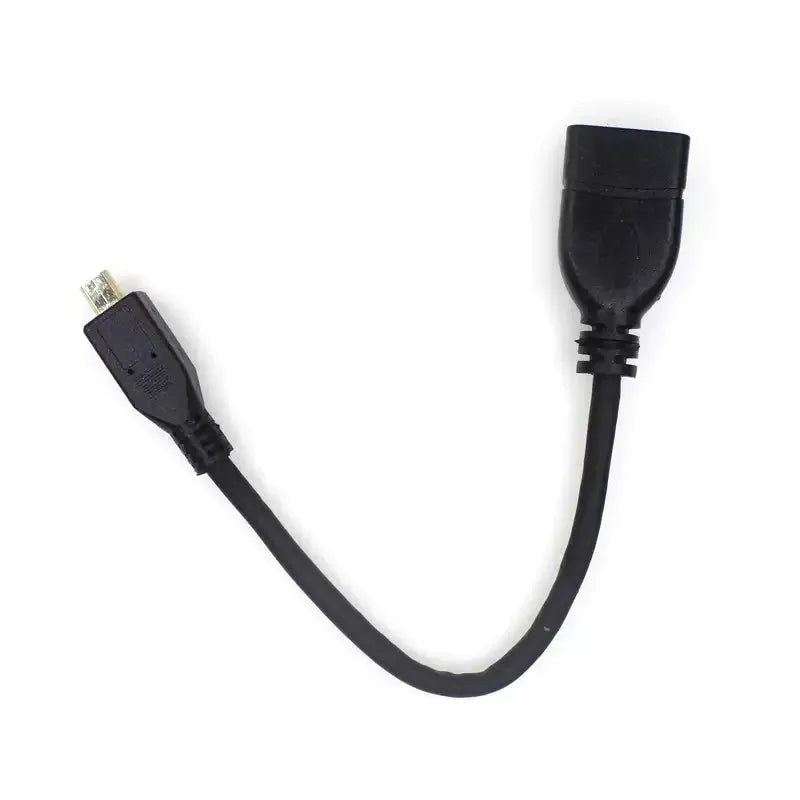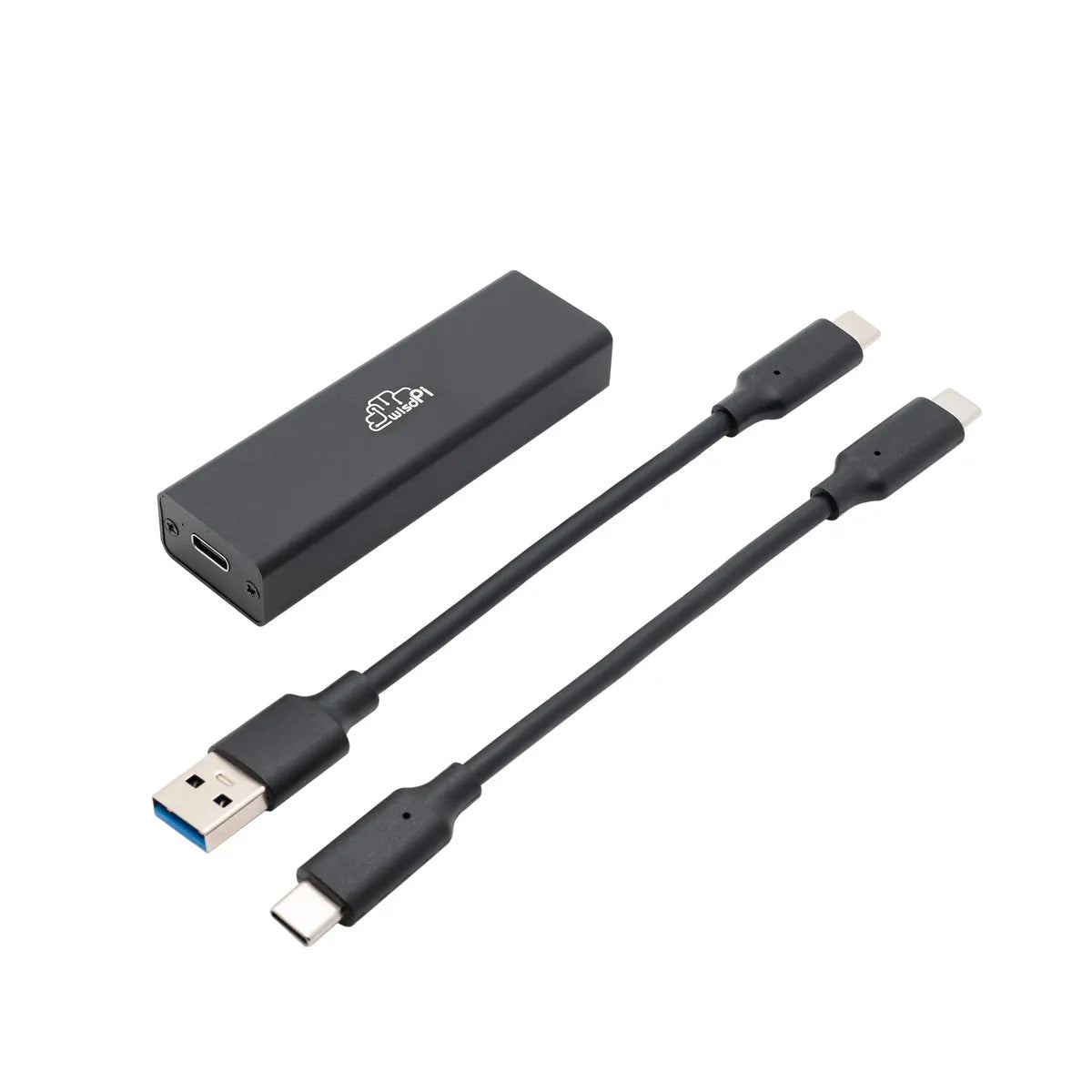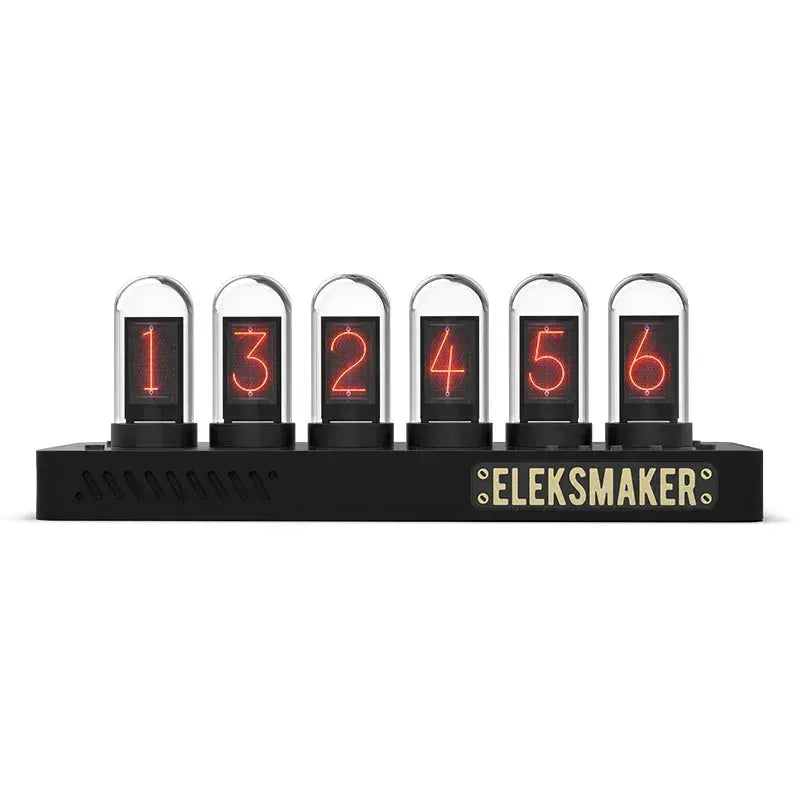Oto kilka rzeczy, które warto wiedzieć o obu projektach
Zarówno Meshtastic, jak i MeshCore zostały zaprojektowane do tego samego podstawowego celu: umożliwienia zdecentralizowanej, pozasieciowej komunikacji za pomocą niskomocowego radia LoRa. Pozwalają na wysyłanie wiadomości tekstowych i danych GPS na duże odległości bez potrzeby korzystania z sieci komórkowych, Wi-Fi czy połączenia z internetem.
Meshtastic oraz stosunkowo nowy projekt MeshCore są dwoma oddzielnymi, różnymi projektami oprogramowania, które nie są ze sobą kompatybilne. Oba mogą korzystać z niedrogiego sprzętu LoRa.
Meshtastic
Początkowa koncepcja dla Meshtastic, stworzona przez Kevina Hestera (użytkownik „geeksville”) w USA, pojawiła się na GitHub w 2019 roku. Projekt powstał, aby umożliwić komunikację poza siecią, na duże odległości i niskim poborze mocy, wykorzystując radia LoRa. Projekt zyskał popularność na początku 2020 roku dzięki publicznym wydaniom firmware'u i adopcji przez społeczność, szczególnie za pośrednictwem forów Meshtastic i GitHub.
Projekt szybko się rozwijał od 2021 roku z wieloma współtwórcami, nowymi integracjami sprzętowymi (takimi jak urządzenia T-Beam, T-Echo i RAK) oraz szerokim zastosowaniem w komunikacji awaryjnej, turystyce i odporności na katastrofy.
MeshCore
MeshCore wydaje się zostać uruchomiony na początku 2025 roku w Wielkiej Brytanii. Zainicjowany został przez Andy'ego Kirby'ego, założyciela, we współpracy ze Scottem Powellem, deweloperem w Ripple Radios, który pracował nad firmware'm. Liam Cottle również przyczynił się do aplikacji klienckich.
Celem od samego początku było zapewnienie lekkiego, wielo-przeskokowego systemu komunikacji mesh opartego na LoRa, niezależnego od internetu lub infrastruktury komórkowej, sugerując nową bazę kodu zamiast bezpośredniego forka czegoś innego.
1. Odpowiednie zastosowania dla Meshtastic
Meshtastic jest obecnie lepiej znanym i szerzej używanym projektem, budującym sieć typu „flooding mesh”. Oznacza to, że każde urządzenie w sieci działa domyślnie zarówno jako klient, jak i repeater. Gdy wysyłasz wiadomość, każdy węzeł, który ją odbierze, przekazuje ją dalej, aż dotrze do celu lub zostanie osiągnięta maksymalna liczba „hopów”. Wydaje się, że realizuje bezstanowe przekazywanie wiadomości.
Motto: „Utrzymuj to proste, przejrzyste i użyteczne dla ludzi, zwłaszcza w sytuacjach ad-hoc.”
Zastosowania Meshtastic

Aktywności na świeżym powietrzu: Meshtastic jest idealny dla grup rowerzystów, turystów, narciarzy, paralotniarzy lub żeglarzy, którzy chcą pozostać w kontakcie na obszarach bez zasięgu telefonii komórkowej. Funkcja GPS umożliwia przeglądanie lokalizacji wszystkich członków grupy na mapie w aplikacji Meshtastic.

Gotowość na kryzys i komunikacja awaryjna: Gdy normalna infrastruktura zawodzi podczas klęski żywiołowej, Meshtastic może być używany do szybkiego utworzenia samowystarczalnej sieci komunikacyjnej. Nie jest potrzebne planowanie sieci, ponieważ sieć komunikacji tekstowej typu mesh jest tworzona ad-hoc po prostu przez włączenie kilku urządzeń Meshtastic.

Wydarzenia i festiwale: Do koordynacji zespołów na rozległych lub zatłoczonych obszarach, gdzie sieci komórkowe często zawodzą, takich jak festiwale, wydarzenia sportowe czy wystawy.
Zalety Meshtastic
- Bardzo duża i aktywna społeczność.
- Meshtastic jest całkowicie darmowy i otwartoźródłowy, w tym jego aplikacje mobilne na Android/iOS, i jest licencjonowany na podstawie licencji GPL. Ponieważ Meshtastic jest licencjonowany na podstawie licencji GPL, wszelkie forki projektów muszą również pozostać otwartoźródłowe, co pomaga zapewnić, że ulepszenia mogą przynosić korzyści powiązanym projektom.
- Dobrze ugruntowany i dostępny na wielu różnych platformach sprzętowych.
Wady Meshtastic
- Wielu użytkowników Meshtastic skarżyło się, że niektóre z ich wiadomości nie docierają, wskazując na „przytłaczający” ruch telematyczny, źle zarządzane trasowanie powodziowe i inne powody.
Miejsca, gdzie używany jest Meshtastic

Na mapie Meshtastic (powyższy zrzut ekranu pochodzi z listopada 2025) znajdują się tylko węzły, które są „aktualnie” połączone z darmowym serwerem Meshtastic MQTT z dostępnymi danymi GPS. Liczby dają wyobrażenie o krajach, w których można spodziewać się innych urządzeń online.
W przybliżeniu spodziewałbym się od pięciu do dziesięciu razy więcej węzłów online poza siecią z LoRa bez połączenia internetowego opartego na MQTT.
2. Odpowiednie przypadki użycia dla MeshCore
MeshCore to nowszy, alternatywny projekt oparty na bibliotece C++, który stosuje inną filozofię sieciową. Wspiera autonomiczną, skalowalną, krytyczną dla misji siatkę dla złożonych, adaptacyjnych systemów (np. sieci czujników IoT i półprzemysłowe sieci). Świadomy stanu, więc utrzymuje świadomość sąsiednich węzłów i zdrowia sieci.
Motto: „Uczyń samą sieć adaptacyjną i inteligentną, bardziej niezawodną siatką dla systemów.”
Przypadki użycia MeshCore

Półprzemysłowe zastosowania IoT takie jak zdalne sieci czujników i sterowanie maszynami. Przykłady z głównie stałą infrastrukturą: Duży, wielokilometrowy plac kolejowy towarowy, port morski lub przemysłowy magazyn. Obszar wypełniony metalowymi kontenerami, ciężkimi maszynami, z ograniczonym lub nieistniejącym Wi-Fi. Sieć komórkowa (LTE-M) jest opcją, ale wymaga miesięcznej opłaty za kartę SIM dla każdego pojedynczego zasobu, co jest kosztowo nieopłacalne przy tysiącach czujników. Tutaj projekt MeshCore błyszczy dzięki efektywności sieci, skalowalności i ekstremalnie niskim zużyciu energii dla:
- Śledzenie zasobów: Kierownik operacyjny musi znać lokalizację setek kontenerów transportowych, podwozi i wartościowego przenośnego sprzętu (takiego jak generatory czy wózki spawalnicze) na terenie magazynu.
-
Monitorowanie stanu: Muszą monitorować stan krytycznej, trudno dostępnej infrastruktury, takiej jak:
- Przełączniki torów: Czy są w prawidłowej pozycji? Czy element grzewczy działa zimą?
- Kontenery chłodnicze: Jaka jest ich aktualna temperatura i poziom paliwa?
- Pompy: Czy pompy sumujące w przepustach odwadniających działają?
Inteligentne rolnictwo / precyzyjne rolnictwo: Rolnicy mogą używać sieci LoRa mesh do łączenia dziesiątek czujników na rozległych polach. Pozwala to na monitorowanie:
- Wilgotność gleby: Aby kontrolować systemy nawadniania i podlewać tylko tam, gdzie jest to potrzebne.
- Zdalna pogoda: Aby uzyskać hiper-lokalne dane o temperaturze i opadach.
- Inwentarz żywy: Śledź lokalizację bydła lub innych zwierząt na dużych pastwiskach.
- Sprzęt: Monitoruj poziomy paliwa lub stan zdalnych pomp wodnych.

Budowanie dużej i wydajnej sieci społecznościowej poprzez odpowiednie planowanie rozmieszczenia stałych węzłów, ich ról i konfiguracji wraz z ciągłą analizą i kontrolą sieci mesh. Ten przypadek użycia najlepiej sprawdza się wśród osób współpracujących lub jednej organizacji kontrolującej węzły MeshCore.
Zalety MeshCore
- Bardziej wydajna sieć mesh dla większych społeczności może zostać osiągnięta poprzez planowanie rozmieszczenia stałych węzłów z jasno określonymi rolami w strategicznych miejscach, takich jak dachy czy wzgórza, oraz wykorzystanie zaawansowanych funkcji sieciowych MeshCore. Poprawia to niezawodność dostarczania wiadomości tekstowych i potwierdzeń, ponieważ routing jest bardziej efektywny dla sieci stałych.
- Mniej beaconów telemetrycznych izmniejszony „szum sieciowy”. Ponieważ nie każdy węzeł powtarza wszystko, sieć jest potencjalnie „cichsza” i bardziej wydajna.
- Funkcja „room server’” BBS (system tablic ogłoszeń) została jednak wprowadzona przez Meshtastic wraz z funkcją „store and forward” dla urządzeń Meshtastic z pSRAM (pseudostatyczna pamięć o dostępie swobodnym).
Wady MeshCore
- MeshCore jest open source na bazie licencji MIT z wyjątkiem firmware T-Deck i mobilnych aplikacji Android/iOS Liama , które są własnościowe (zamknięte). Licencja MIT nie wymaga publikowania ani udostępniania zmodyfikowanych lub pochodnych wersji kodu, co może zmniejszać motywację dla forów projektów do zwracania swoich ulepszeń do szerszego ekosystemu open source.
- W aplikacjach mobilnych wymagana jest niewielka jednorazowa opłata, aby uzyskać dostęp do pełnej gamy funkcji lub uniknąć wymuszonych czasów oczekiwania.
- Społeczność jest znacznie mniejsza niż w przypadku Meshtastic.
- Zależność od jednostek, choć genialnych deweloperów. Niech May Scott i Liam cieszą się długim i owocnym życiem!
Miejsca, gdzie używany jest MeshCore

Na mapie MeshCore (powyższy zrzut ekranu pochodzi z listopada 2025) prawdopodobnie znajdują się wszystkie „aktywne” węzły połączone z aplikacją MeshCore na Androida lub iOS z dostępnymi danymi GPS. Liczby dają wyobrażenie o krajach, w których można spodziewać się urządzeń MeshCore online. Wielka Brytania i Niemcy są obecnie hotspotami aktywności MeshCore.
W niektórych bardzo aktywnych grupach dyskusyjnych MeshCore nie jest rzadkością zobaczyć wiele postów w ciągu jednej minuty. Wielu użytkowników Meshtastic wydaje się również migrować do sieci MeshCore, które często działają na alternatywnych ustawieniach radia LoRa innych niż „LongFast”. Na przykład lepiej użyć ustawień radiowych EU/UK (Narrow) aby zobaczyć innych użytkowników MeshCore w Unii Europejskiej (UE).
Podsumowanie
Ani Meshtastic, ani MeshCore nie są zasadniczo lepszym systemem; zawsze zależy to od twojego przypadku użycia. I nie zapominajmy: Konkurencja między Meshtastic a MeshCore sprzyja ciągłemu doskonaleniu i innowacjom w obu systemach.
Dla początkujących i mobilnych grup ad-hoc, Meshtastic jest najprostszym i najlepiej ugruntowanym punktem startowym. Jednak jeśli jesteś zaawansowanym użytkownikiem chcącym zbudować dobrze zaplanowaną, zoptymalizowaną statyczną sieć z możliwością ustawiania tras i wyższą niezawodnością przesyłania wiadomości, MeshCore jest obiecującą alternatywą.
Niestety, nie ma jeszcze oznak próby stworzenia lub wsparcia bramek komunikacyjnych między Meshtastic a MeshCore.
MeshCore kontra Meshtastic: Wyjaśnienie kluczowych różnic
Źródło: https://tech.swiss-1.ch/meshtastic-vs-meshcore-comparison-use-case/
Oryginalny artykuł autorstwa

